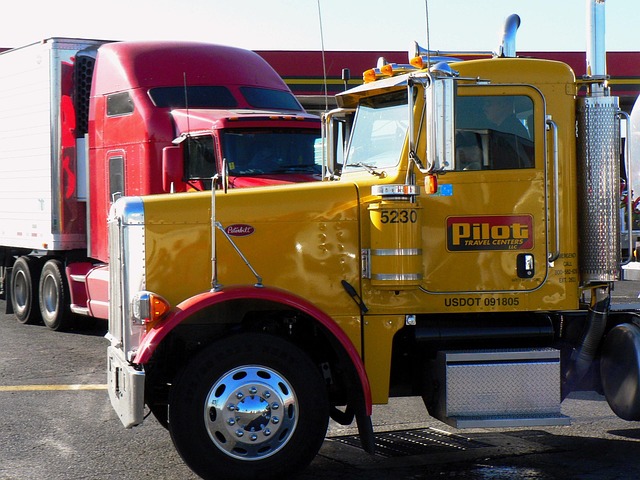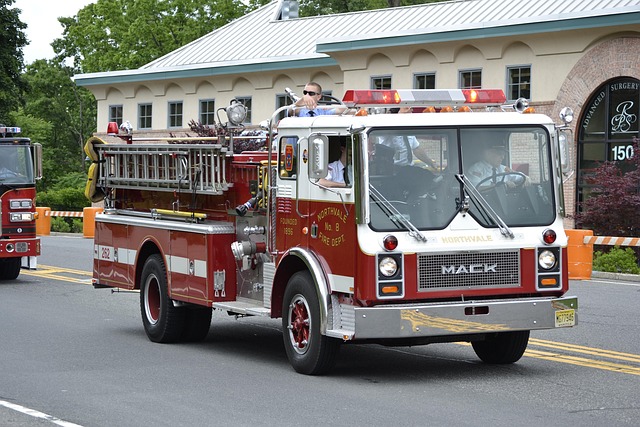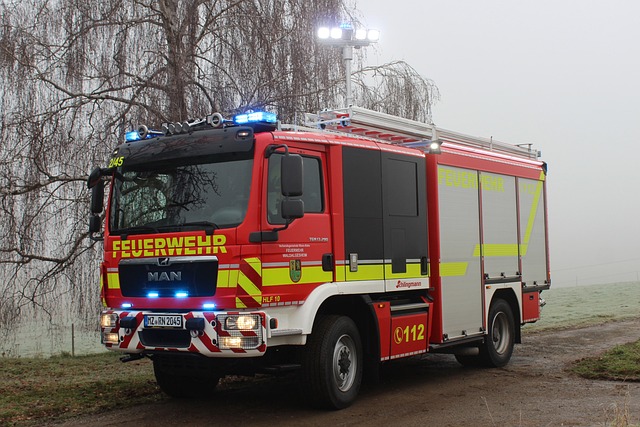Securing robust protection for your leased or owned vehicles is paramount for business continuity. This article guides you through essential strategies to safeguard your assets, focusing on the underappreciated yet powerful tool: small fleet liability coverage. By understanding its scope and tailoring it to your vehicle risk profile, you can mitigate liabilities and optimize insurance benefits. We’ll explore assessment techniques, policy optimization tips, and adjustments as your fleet evolves, ensuring comprehensive protection for every mile traveled.
Understanding Small Fleet Liability Coverage: What It Offers

Many business owners, especially those managing a small fleet of vehicles, often overlook the significance of specialized insurance for their operations. This is where Small Fleet Liability Coverage steps in as a crucial component of risk management. It provides comprehensive protection tailored to the unique needs of businesses with a limited number of vehicles.
This type of coverage offers more than just standard car insurance. It includes liability protections that guard against claims arising from accidents involving your fleet. This could involve property damage, personal injuries, or legal fees. By understanding and implementing Small Fleet Liability Coverage, business owners can ensure they are not left vulnerable to significant financial losses in the event of an incident.
Assessing Your Vehicle Risk Factors for Comprehensive Protection

Strategies to Maximize Your Insurance Policy Benefits

To maximize the benefits of your insurance policy for leased or owned vehicles, start by understanding the nuances of small fleet liability coverage. This specialized type of insurance is designed to protect businesses with a limited number of vehicles from significant financial risks associated with accidents or damage. By opting for this coverage, you can ensure that your assets are fully insured, and any legal liabilities arising from incidents involving your fleet are managed effectively.
Additionally, regularly review and update your insurance policy to align with the evolving needs of your business. Consider including comprehensive coverage options such as collision, theft, and vandalism protection for all vehicles. Also, stay informed about state-mandated requirements for commercial vehicle insurance, ensuring you have the right balance of liability, property damage, and personal injury coverage. Regular reassessments allow you to take advantage of new policy offerings that can enhance your fleet’s security at a competitive price.
Staying Informed and Adjusting Your Coverage as Your Fleet Grows

As your fleet grows, so does your risk exposure. Staying informed about industry trends and changes in regulations is crucial for managing this risk effectively. One key area to monitor is small fleet liability coverage. As businesses evolve, their insurance needs often change. What was once sufficient coverage for a few vehicles may not be adequate for a larger fleet operating across diverse terrains and conditions. Regularly reviewing your policy with an insurance professional can help ensure you have the right amount of protection for your expanding operations.
Adjusting your coverage as your fleet grows allows you to account for new types of vehicles, increased mileage, and changing driver profiles. It also enables you to incorporate specific risks associated with different sectors, such as construction or transportation. By staying proactive in this regard, you can protect yourself from financial losses and maintain the integrity of your operations.
Securing comprehensive protection for your leased or owned vehicles involves a strategic approach. By understanding the nuances of small fleet liability coverage, assessing risk factors, maximizing policy benefits, and staying informed as your fleet expands, you can ensure optimal safety for your assets. Implement these strategies to safeguard your investments and maintain peace of mind on the road ahead.
